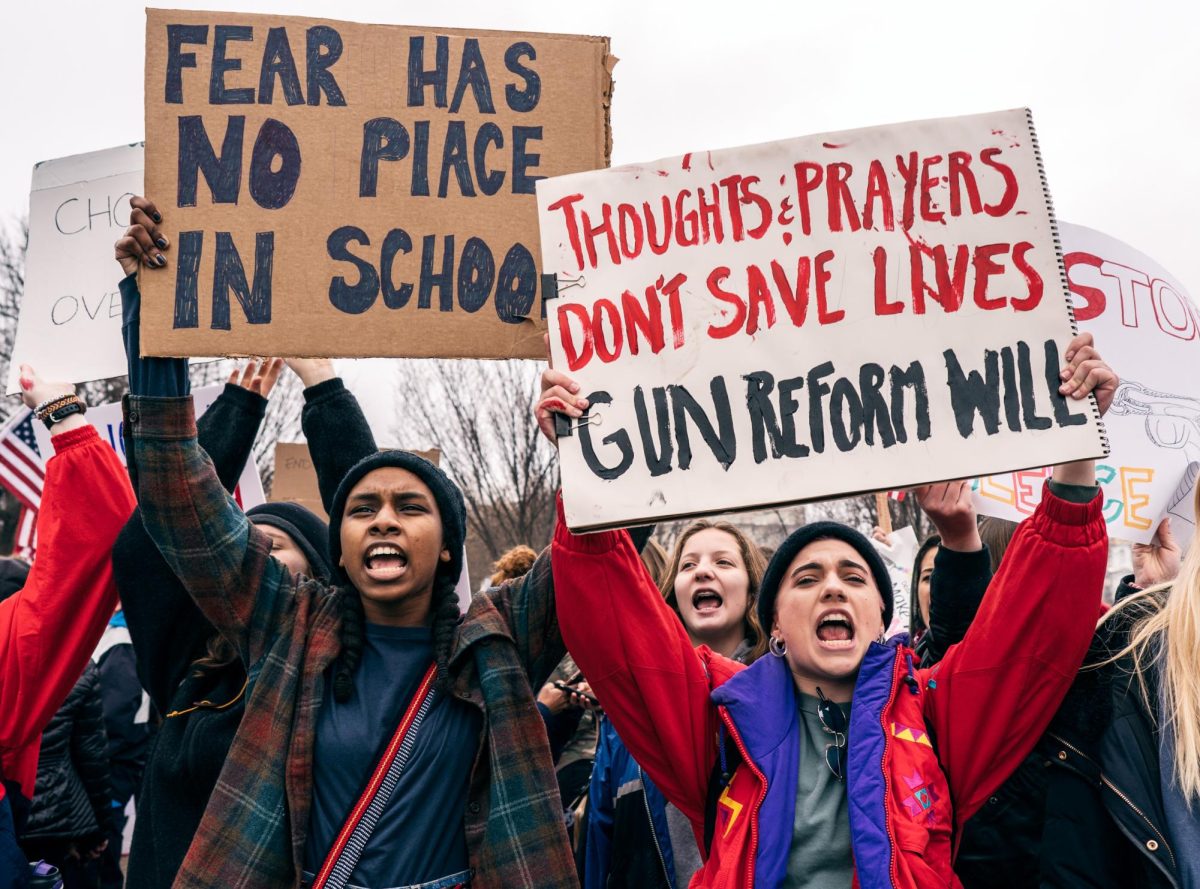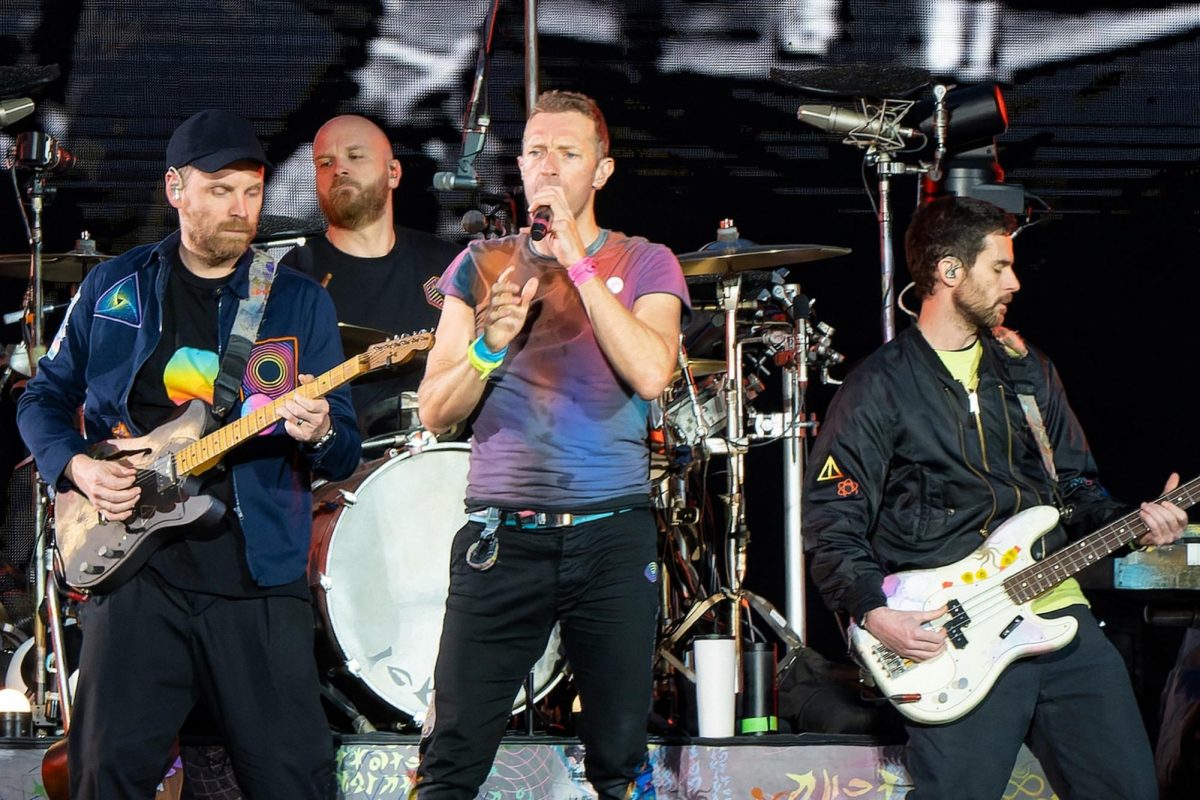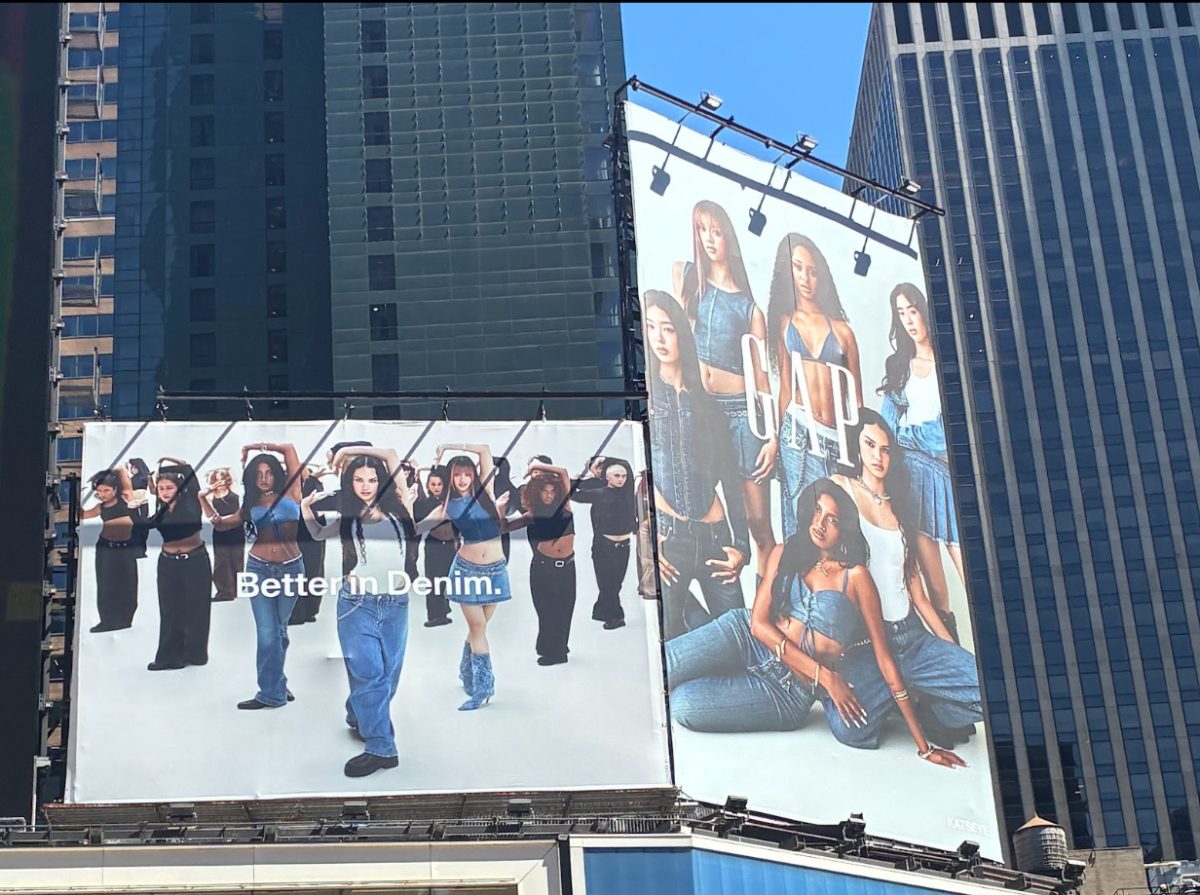“The Devil’s Music” is a sure sign of juvenile delinquency; rock music is built on teenage rebellion. Growing up, rock was always the genre I knew best and listened to the most. This included classics like Metallica to the dad-rock of Green Day, Weezer and Blink-182.
With rock music being enjoyable to listen to, the genre has paved the way for social justice and some of the biggest developments in pop culture.
Rock’s legacy easily extends beyond its artists. From the early 1950s, it has pushed the boundaries of social justice and constraints, paving the way for the Civil Rights Movement. Even in modern times, it continues to serve as a form of protest for artists through the expression of their music.
In the 1950s, rock was built on blending blues with the upbeat sounds of the bass and the drums. The genre originated with artists such as Chuck Berry and Little Richard and was quickly further popularized through the works of Elvis Presley.
This was the beginning of the moral panics that began to emerge as segregation laws were challenged and people began to fight for their rights. Racial barriers were heavily challenged and America experienced a time of greater equality.
Most significantly, Presley’s single “If I Can Dream” continued this message. He discussed his dream of living in a society free of segregation and violence. It was released shortly after the assassination of Bobby Kennedy and Martin Luther King, Jr. He performed it live to truly capture his passion for the issue, “this track roused a newfound sense of hope”.
The 1970s brought a wave of punk rock and feminism with all-female groups like The Raincoats starting to emerge. They were unique in that they refused to be perceived as a sex symbol. This genre also included large names like Blondie and The Runaways that commonly protested gender norms and stereotypes.
With feminine punk came some of the bigger names in music: Led Zeppelin, Pink Floyd, The Rolling Stones and Queen. Mainstream artists such as these introduced the idea of diversity within a single time period. From “classic rock” sounds to more pop rock ones, the 70s had it covered.
Bands such as Queen, David Bowie and Kiss challenged gender roles with their stage presentations and the birth of glam rock. The gender binary was heavily protested by the bands’ androgynous clothes and makeup.
Pink Floyd’s most influential piece from this period was “Another Brick in the Wall, Pt. 2.” The band discussed issues of conformity and the nation’s oppressive education system. It is a call to action to bring humanity back into the school system to create better students.
The 1990s brought back the idea of teenage rebellion with pop-punk becoming widely popular, with some of its songs typically ranging from happy and upbeat to aggressive and angsty. The artists included Blink-182, Sum 41, Green Day and The Offspring.
Green Day was a particular band that used their platform to bring attention to some of the nation’s flaws. One of their most significant protest songs was “American Idiot” which discussed themes of xenophobia in America after 9/11. It was a call to action for Americans to think for themselves and form their own educated opinions.
Recently, I attended a Destroy Boys concert. The angsty punk rock, which was similar to that of the 90s, was amazing to see performed with passion. As I watched, there seemed to be a community bound together not only by the band’s music but also by their activism.
They used stage time to advertise a local food pantry, discuss the recent election and advocate for civic engagement. With this, they also discussed current political issues and what people can do to address them.
Even though rock is a genre based on rebellion, it’s also a genre rooted in change and advocacy. It has become a genre that encourages questioning societal norms. Overall, it is important to look for chances to improve our society, and rock music is a way for artists to spread these messages. Rock ‘n’ Roll truly is all around us as we live in and experience a growing and changing society.









